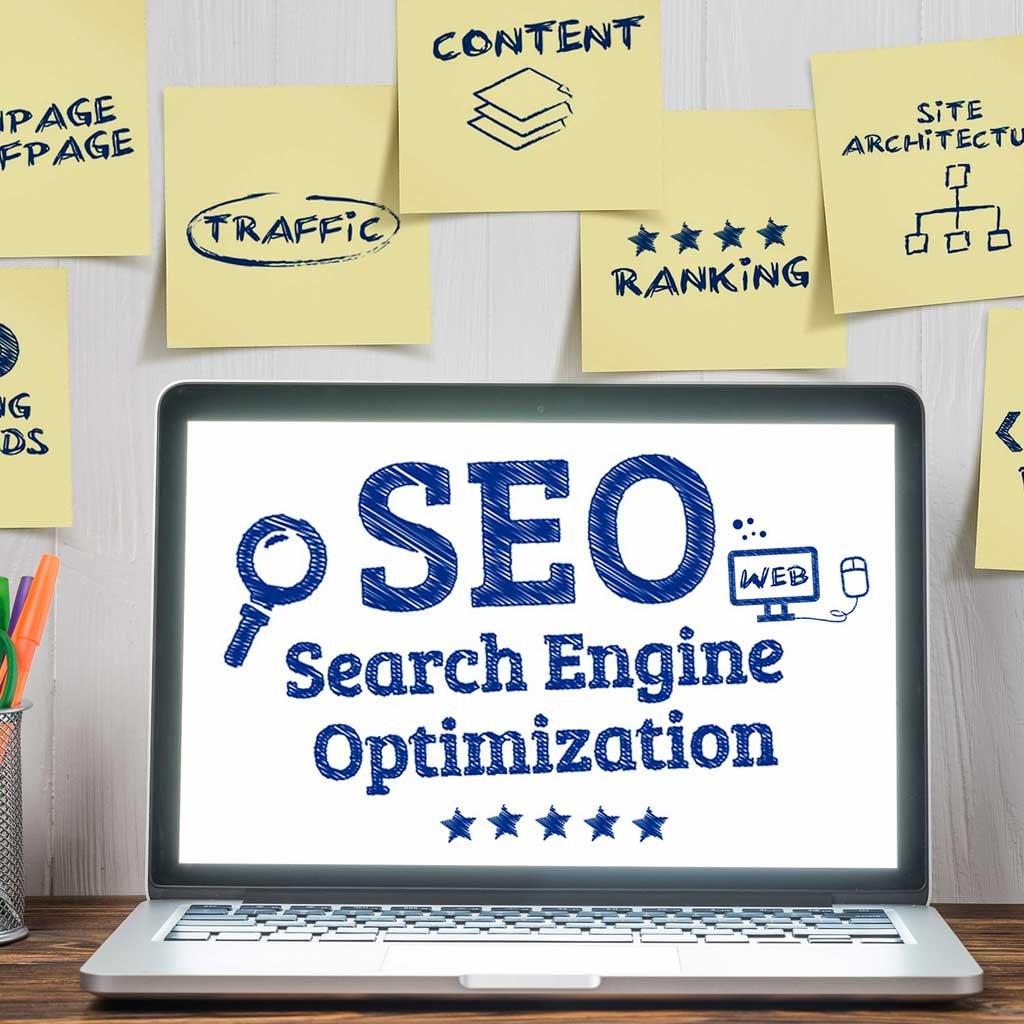How can you recover from a Google penalty?
June 01, 2024 | Digital Techtune

Recovering from a Google penalty can be a daunting task, but it’s a critical process for businesses that rely heavily on search engine traffic. Google penalties can significantly impact a website’s search engine rankings, resulting in reduced traffic, loss of revenue, and damage to brand reputation. Here’s a comprehensive guide on how to recover from a Google penalty:
Understanding Google Penalties
Google penalties are usually the result of violating Google’s Webmaster Guidelines. They can be either manual or algorithmic:
- Manual Penalties: These are applied by a Google reviewer when they determine that a website has violated Google’s guidelines. You will typically receive a notification in Google Search Console if your site is hit by a manual penalty.
- Algorithmic Penalties: These occur when your site is affected by updates to Google’s search algorithms, such as Panda (content quality) and Penguin (link quality). These penalties are not accompanied by a notification and can be harder to diagnose.
Identifying the Penalty
- Google Search Console: For manual penalties, check Google Search Console. Look for messages that indicate a penalty and detail the reason behind it.
- Traffic Analysis: Use tools like Google Analytics to analyze traffic drops. Correlate significant drops in traffic with known Google algorithm updates (e.g., Panda, Penguin, Hummingbird). If your traffic dropped around the time of an update, your site may be affected by an algorithmic penalty.
- Search Rankings: Monitor keyword rankings. A significant drop in rankings for many keywords can indicate a penalty.
Steps to Recover from a Manual Penalty
1. Identify the Cause
Read the message in Google Search Console carefully to understand why you were penalized. Common reasons include unnatural backlinks, thin content, keyword stuffing, or user-generated spam.
2. Fix the Issues
- Unnatural Backlinks: Use tools like Ahrefs, SEMrush, or Moz to analyze your backlink profile. Identify and remove or disavow low-quality, spammy, or irrelevant backlinks. Reach out to webmasters to request link removals or use the Google Disavow Tool for links you can’t get removed.
- Thin Content: Improve or remove low-quality content. Ensure all pages provide value to users. This might include adding depth to articles, improving readability, and ensuring content is original and relevant.
- Keyword Stuffing: Avoid overusing keywords unnaturally. Rewrite content to use keywords naturally and contextually.
- User-Generated Spam: Monitor and moderate user-generated content like comments and forum posts. Remove spammy content and implement measures to prevent future spam.
3. Submit a Reconsideration Request
Once you’ve addressed all issues, submit a reconsideration request through Google Search Console. Be honest and detailed about the steps you’ve taken to rectify the problems. Provide documentation or evidence of your efforts.
Steps to Recover from an Algorithmic Penalty
1. Panda Recovery (Content Quality)
- Improve Content Quality: Ensure all content is high-quality, original, and provides value to users. Avoid duplicate content and create comprehensive, informative, and engaging articles.
- User Experience: Improve the overall user experience of your site. This includes a clean design, easy navigation, fast load times, and mobile-friendliness.
- Regular Audits: Conduct regular content audits to identify and improve low-performing pages.
2. Penguin Recovery (Link Quality)
- Backlink Profile Cleanup: Analyze your backlink profile to identify spammy or low-quality links. Use tools to disavow harmful links.
- Build Quality Links: Focus on building high-quality, relevant backlinks from reputable sources. Engage in ethical link-building practices like guest posting, content marketing, and partnerships.
- Avoid Link Schemes: Do not participate in link schemes, such as buying links or excessive link exchanges.
3. Hummingbird Recovery (Semantic Search)
- Keyword Strategy: Adapt your keyword strategy to focus on natural language and semantic search. Use a variety of related keywords and phrases naturally within your content.
- Content Relevance: Ensure your content answers user queries comprehensively. Focus on creating content that matches user intent.
- Structured Data: Use structured data markup to help Google understand the context of your content.
Preventive Measures
- Regular Audits: Conduct regular SEO audits to identify and fix potential issues before they lead to penalties.
- Follow Google Guidelines: Stay updated with Google’s Webmaster Guidelines and ensure your site complies with all recommendations.
- Quality Content: Consistently produce high-quality, original content that provides value to users. Avoid shortcuts like keyword stuffing or duplicate content.
- Ethical Link Building: Engage in ethical link-building practices. Focus on earning links through high-quality content and genuine relationships.
- Monitor Backlinks: Regularly monitor your backlink profile for any suspicious or low-quality links. Address these promptly to avoid potential penalties.
- User Experience: Prioritize user experience in your website design and content strategy. Ensure your site is easy to navigate, loads quickly, and is mobile-friendly.
Case Studies and Examples
Case Study 1: Overstock.com
Overstock.com faced a manual penalty in 2011 for offering discounts to educational institutions in exchange for backlinks. To recover, Overstock.com stopped the link scheme, cleaned up their backlink profile, and submitted a reconsideration request to Google. After several months, their penalty was lifted.
Case Study 2: Rap Genius (Genius.com)
Rap Genius was penalized for link schemes in 2013. They created a backlink removal campaign, reaching out to webmasters to remove unnatural links. They also used the disavow tool and submitted a reconsideration request. Their penalty was lifted after they demonstrated a genuine effort to comply with Google’s guidelines.
Tools and Resources
- Google Search Console: Essential for identifying penalties and submitting reconsideration requests.
- Google Analytics: Useful for monitoring traffic patterns and identifying potential issues.
- Ahrefs/Moz/SEMrush: Tools for analyzing backlink profiles and identifying harmful links.
- Copyscape: Tool for checking duplicate content.
- Screaming Frog SEO Spider: Useful for conducting technical SEO audits and identifying issues like thin content or keyword stuffing.
- Google Disavow Tool: Allows you to disavow harmful backlinks.
Conclusion
Recovering from a Google penalty requires a methodical and patient approach. It involves identifying the cause of the penalty, fixing the underlying issues, and demonstrating to Google that your site now adheres to its guidelines. By focusing on quality content, ethical SEO practices, and regular monitoring, you can recover from a penalty and build a stronger, more resilient website.
Understanding the reasons behind Google penalties and taking proactive measures to avoid them can help maintain your site’s health and rankings. By following the steps outlined in this guide, you can navigate the recovery process and restore your site’s performance in search engine results.
